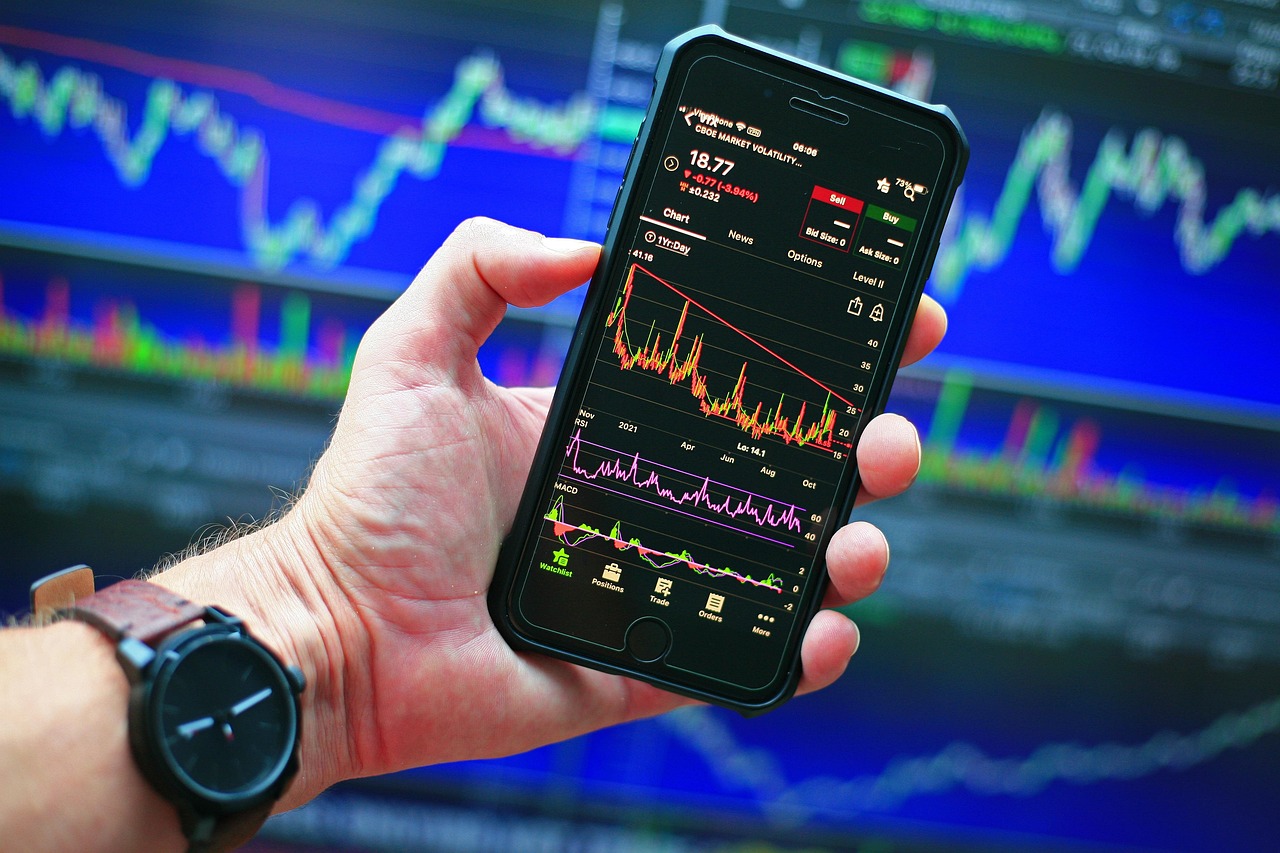Micro-Investing Apps Offer “Spare-Time Saving” Modes

In the rapidly evolving world of fintech, micro-investing apps have carved a niche by enabling individuals to invest small amounts of money with ease. These apps have introduced a novel concept known as “spare-time saving” modes, which allow users to invest funds during their idle moments, transforming the way individuals approach personal finance and wealth accumulation.
Micro-investing involves the allocation of small sums of money into investment portfolios, often through digital platforms. This approach democratizes investing by making it accessible to a broader audience who might otherwise be discouraged by high entry barriers or lack of expertise. The “spare-time saving” feature is a testament to the innovative strides these apps are making in integrating investing into everyday life.
Globally, the adoption of micro-investing apps has surged, with regions such as North America, Europe, and Asia-Pacific leading the charge. Companies like Acorns, Stash, and Robinhood in the United States, Nutmeg in the United Kingdom, and Raiz in Australia exemplify the global reach and impact of these platforms. According to a report by Allied Market Research, the micro-investing market size was valued at $3.2 billion in 2020 and is projected to grow significantly, driven by the increasing penetration of smartphones and the internet.
The “spare-time saving” modes work by allowing users to invest in a seamless, automated manner. These modes typically involve features such as:
- Round-Ups: This feature rounds up every transaction made with linked accounts to the nearest dollar, investing the spare change. For instance, if a user buys a coffee for $3.50, the app will round up the purchase to $4.00 and allocate $0.50 into their investment portfolio.
- Recurring Investments: Users can set up automatic transfers of specified amounts from their bank accounts to their investment portfolios at regular intervals, such as weekly or monthly.
- One-Time Investments: The flexibility of adding funds manually whenever users find extra money or wish to top up their investments.
These micro-investing strategies are not only convenient but also psychologically beneficial. By integrating investments into everyday financial activities, users often perceive investing as less daunting and more habitual. This behavioral finance aspect helps demystify investing and encourages long-term saving patterns.
Moreover, the accessibility of micro-investing apps has been a boon during the COVID-19 pandemic, as more individuals have turned to digital solutions for managing their finances. With traditional saving and investing channels experiencing disruptions, these apps have provided a viable alternative for financial growth and security.
Despite their advantages, micro-investing apps also bring forth certain challenges. Regulatory compliance remains a critical factor, as these platforms must adhere to financial regulations across different jurisdictions. Additionally, the need for robust cybersecurity measures is paramount to protect user data and financial transactions from potential threats.
Looking forward, the evolution of micro-investing apps is likely to be shaped by technological advancements such as artificial intelligence and machine learning, which could provide users with more personalized investment strategies. Furthermore, as financial literacy improves globally, micro-investing could become an integral component of personal finance, empowering individuals to take control of their financial futures.
In conclusion, micro-investing apps and their “spare-time saving” modes represent a significant shift in the financial landscape. By offering accessible, low-barrier entry points into the world of investing, these platforms are paving the way for a new generation of investors who can effortlessly integrate financial growth into their daily lives.
















